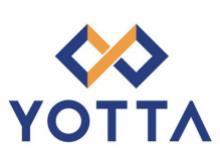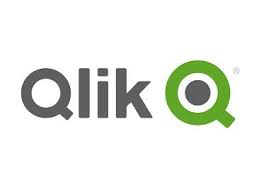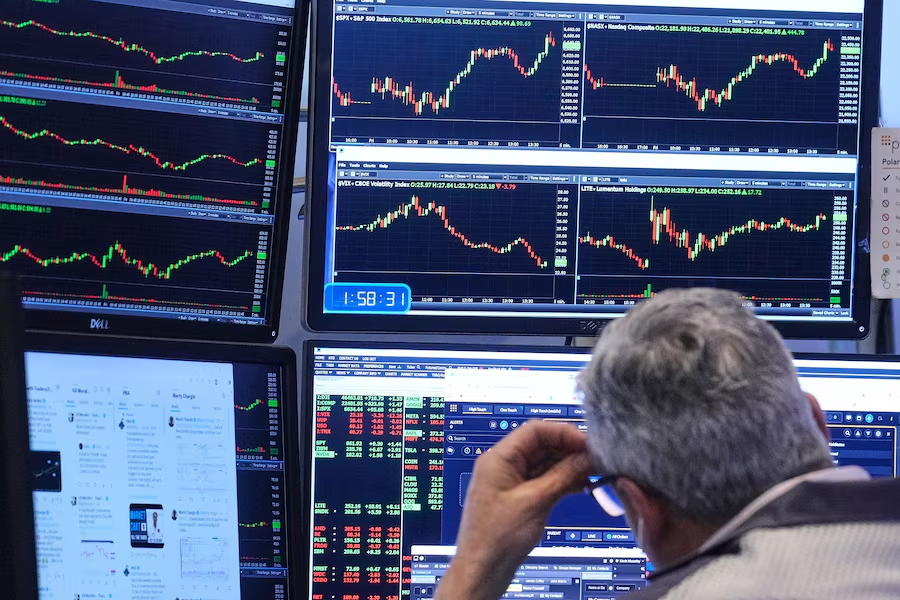AR and VR Market To Observe Highest Growth of USD 856.2 Billion Till 2031
As
per a report by Allied Market Research, the global augmented and
virtual reality market size is predicted to garner a revenue of $856.2
billion by 2031. The market accounted for $27.6 billion in 2021 and is
anticipated to rise at a CAGR of 41.1% during the 2022-2031 period. The report
provides insights on the major companies of the market and their strategies,
along with the latest trends in the industry.
The AR/VR market's expansion is fueled by ongoing
technological advancements and increasing adoption across various sectors. The
future of AR/VR lies in its integration with other cutting-edge technologies
like AI, blockchain, and 5G, driving new use cases and applications.
Key Drivers:
1. Technological Advancements: Improvements in hardware (e.g., headsets, controllers) and software (graphics, AI integration) have made AR/VR experiences more seamless and accessible.
2. Gaming and Entertainment: Gaming remains a primary driver of VR adoption, with immersive content in film and TV also gaining popularity.
3. Enterprise Adoption: Sectors like healthcare (for surgeries, training), manufacturing (for prototyping), and education (for interactive learning) are embracing AR/VR solutions.
4. Remote Work and Collaboration: The shift towards remote working and collaboration tools during and after the COVID-19 pandemic has driven demand for VR meeting spaces and training solutions.
5. 5G Networks: The rollout of 5G networks supports AR/VR’s real-time, low-latency demands, especially in applications like autonomous vehicles and smart cities.
The report offers detailed segmentation of the global augmented and virtual reality market based on organization size, application, industry vertical, and region.
By organization size, the large enterprises sub-segment held the largest market share in 2021, with around two-thirds of the market share. On the other hand, the SMEs sub-segment is expected to be the fastest growing with a CAGR of 43.3% during the forecast period.
By application, the consumer sub-segment accounted for the maximum revenue in 2021, with around half of the market share. It is expected to continue its leadership status by 2031. On the other hand, the enterprise sub-segment is estimated to have the highest CAGR of 42.4% during the 2022-2031 period.
By industry vertical, the gaming sub-segment held the highest market share in 2021, with around one-fourth of the total share. The sub-segment is projected to be highly profitable in the coming period also. However, the retail sub-segment is predicted to demonstrate the fastest growth at a CAGR of 44.4% during the analysis timeframe.
By region, the North America augmented and virtual reality market held the most dominant position in 2021, with around two-fifths of the market share. It is expected to present lucrative opportunities by 2031. However, the Asia-Pacific augmented and virtual reality market is estimated to be the fastest growing with CAGR of 43.9% during the 2022-2031. The report has also provided a detailed study of the market in Europe and LAMEA.
The augmented and virtual reality market trends in Asia-Pacific is expected to exhibit the highest growth during the forecast period. Industries in this region are comprehending the potential of augmented and virtual reality in manufacturing, defense, and entertainment sector in the emerging economies such as China, India. SMEs are anticipated to be opportunistic for this market owing to growth in adoption of immersive technologies in this region.
Furthermore, government investments and initiatives in emerging economies, increase penetration of internet users, growth in demand for online content, rise in online certification programs, growth in air traffic & fleet of commercial aircraft, and rise in adoption of AR and VR technology in healthcare, digital manufacturing, and defense are the primary factors that fuel the augmented and virtual reality market in Asia-Pacific region.
Major companies in the global augmented and virtual reality industry include Google Inc., Microsoft Corporation, DAQRI, Sony, Osterhout Design Group, Samsung Electronics Co., Ltd., Magic Leap, Inc., Facebook, Wikitude, and HTC.
Notable Trends:
1. Integration with AI and ML: AI-powered AR/VR solutions are enhancing real-time user interactions, such as voice control, natural language processing, and predictive analytics.
2. Healthcare: Surgeons using VR for training, mental health treatments via VR simulations, and AR for enhanced diagnostics are key areas.
3. Education and Training: AR/VR is being used to create immersive, hands-on learning environments in schools, universities, and corporate training.
4. Retail and E-commerce: Virtual try-on experiences, AR product visualization, and VR shopping experiences are becoming mainstream.






























Leave A Comment